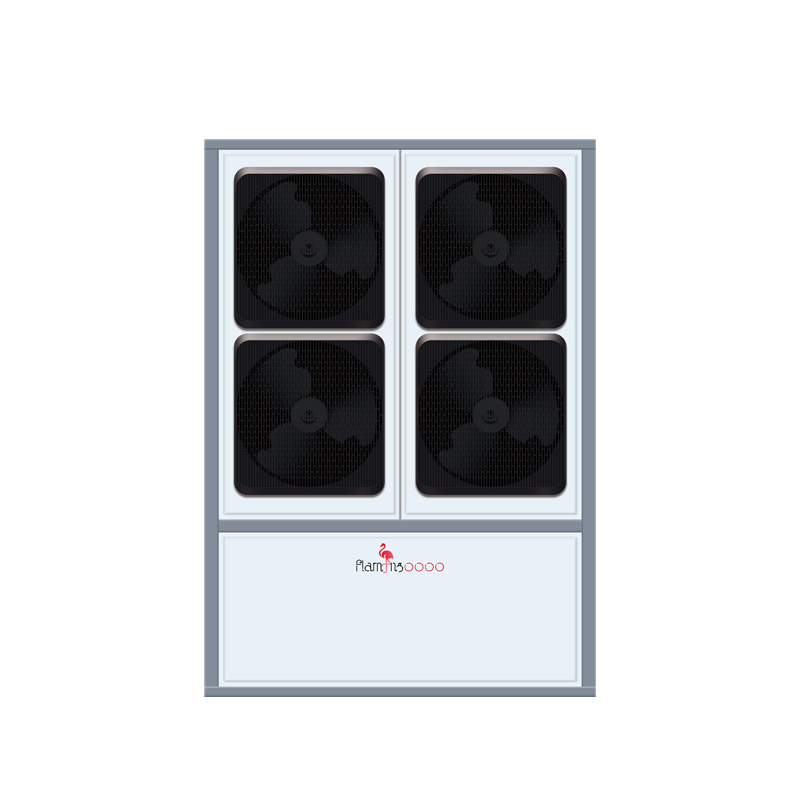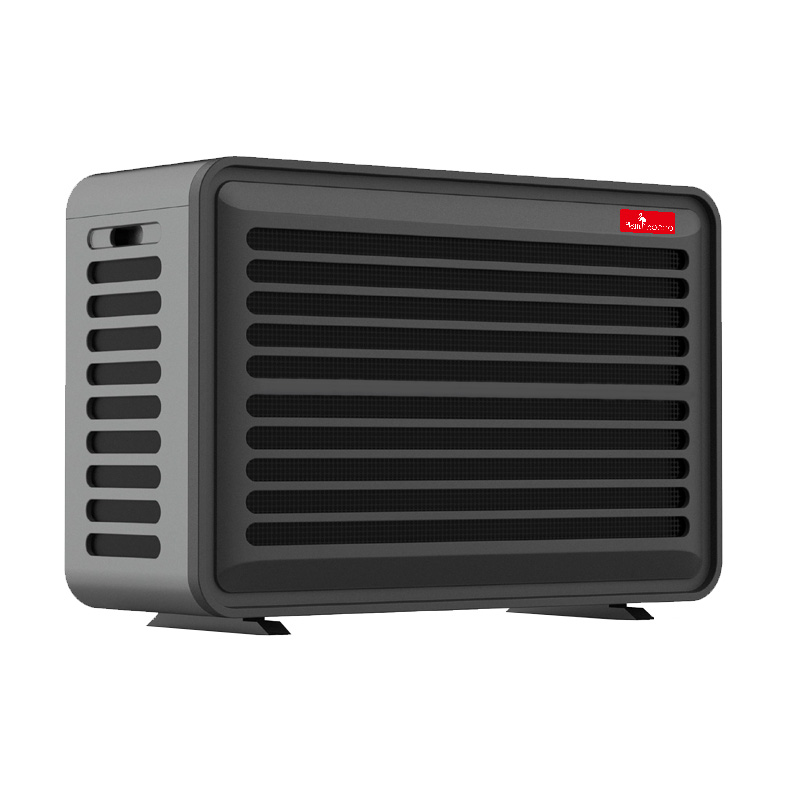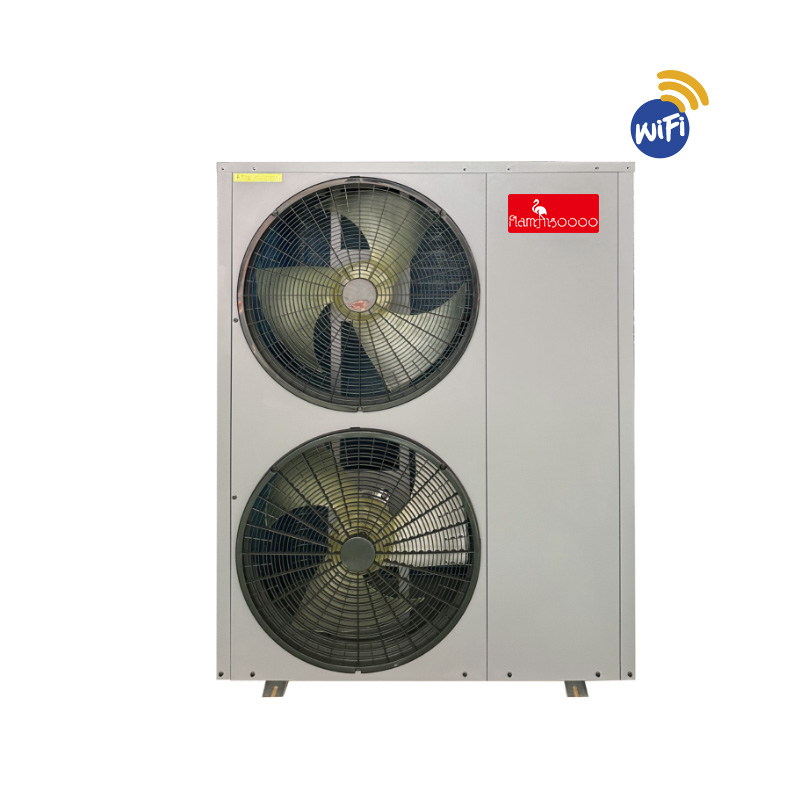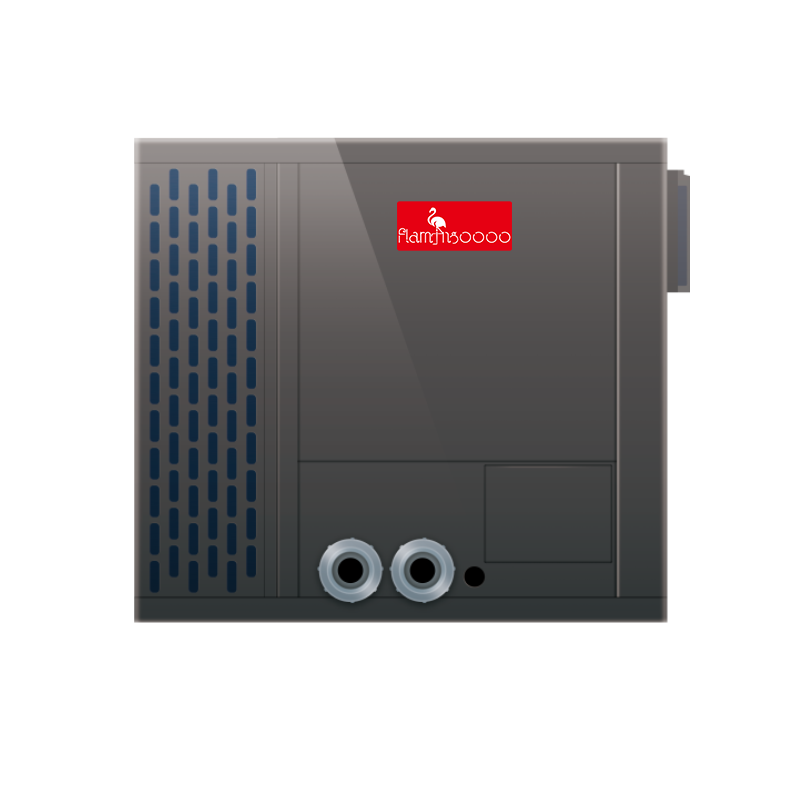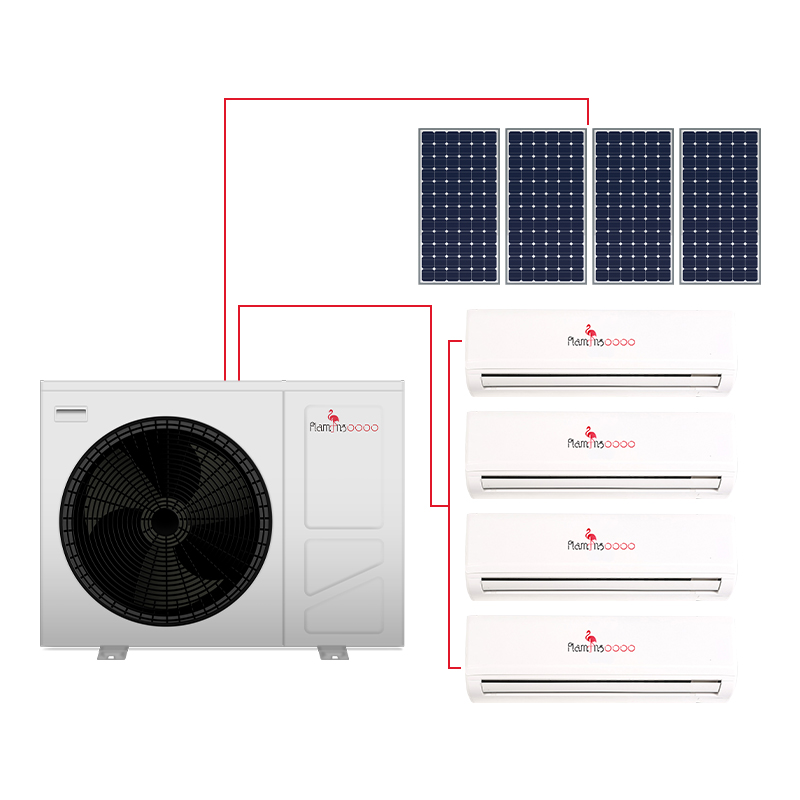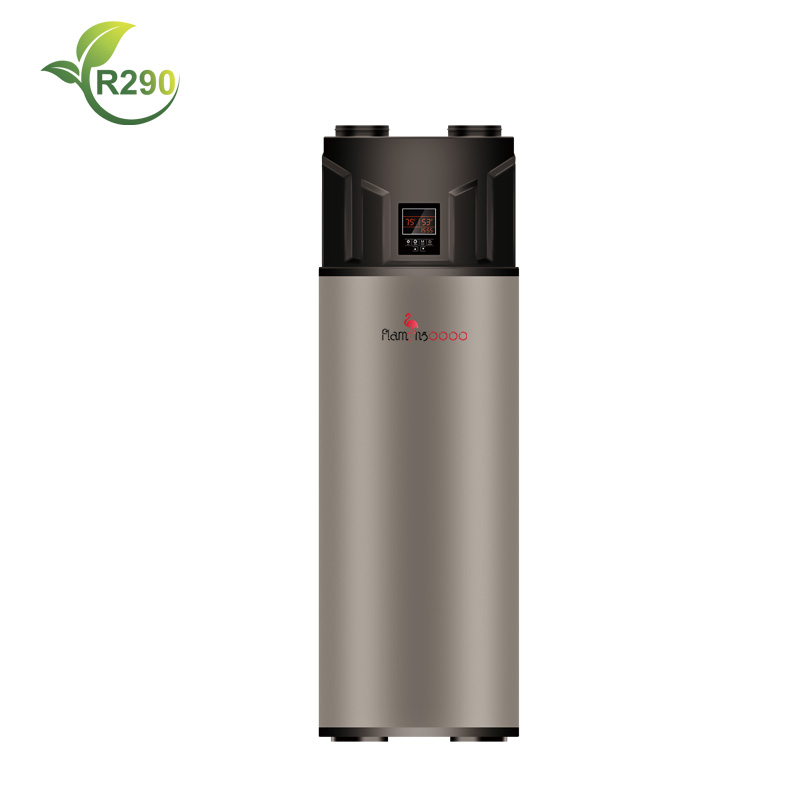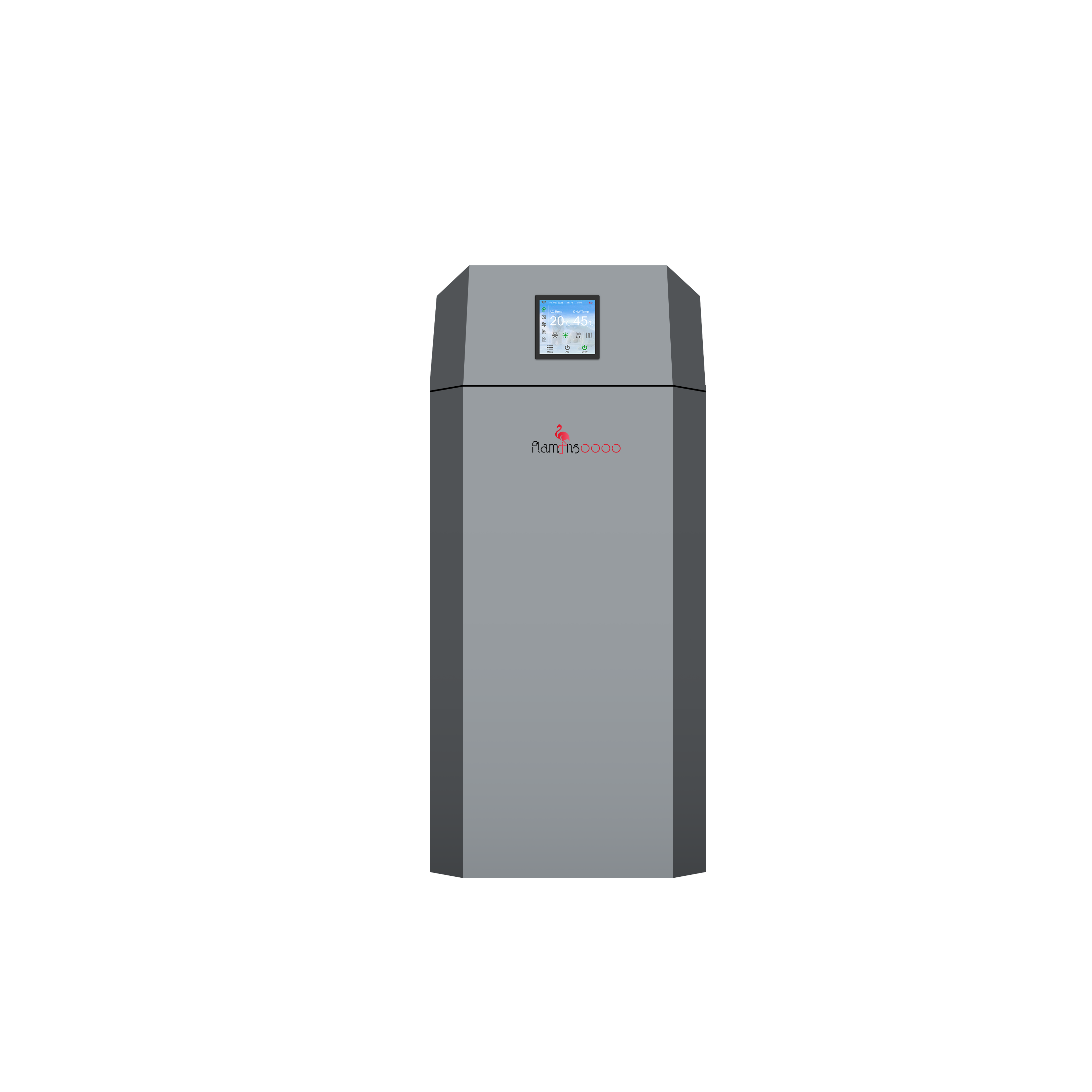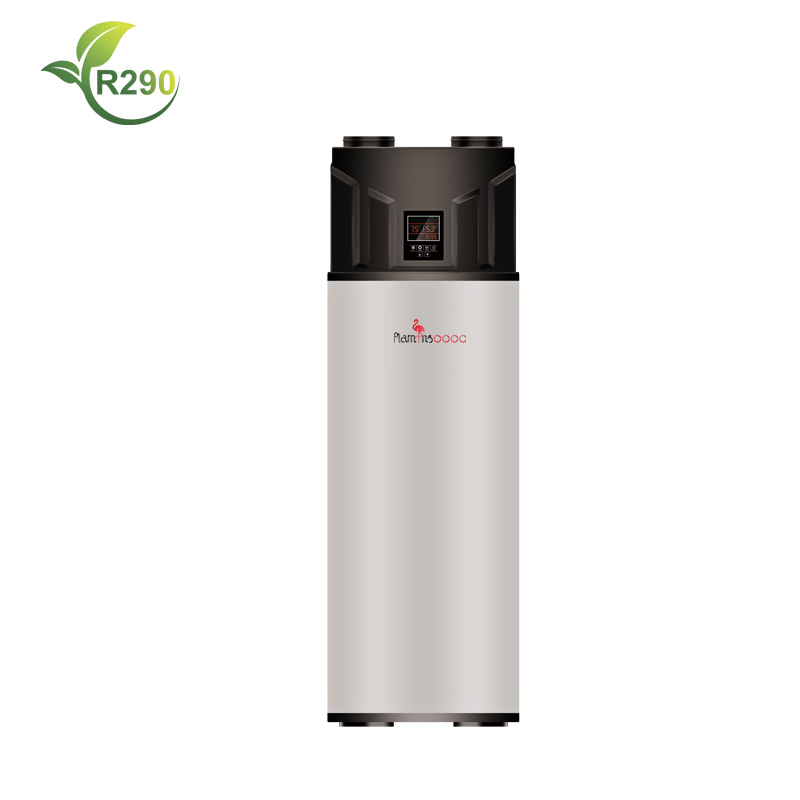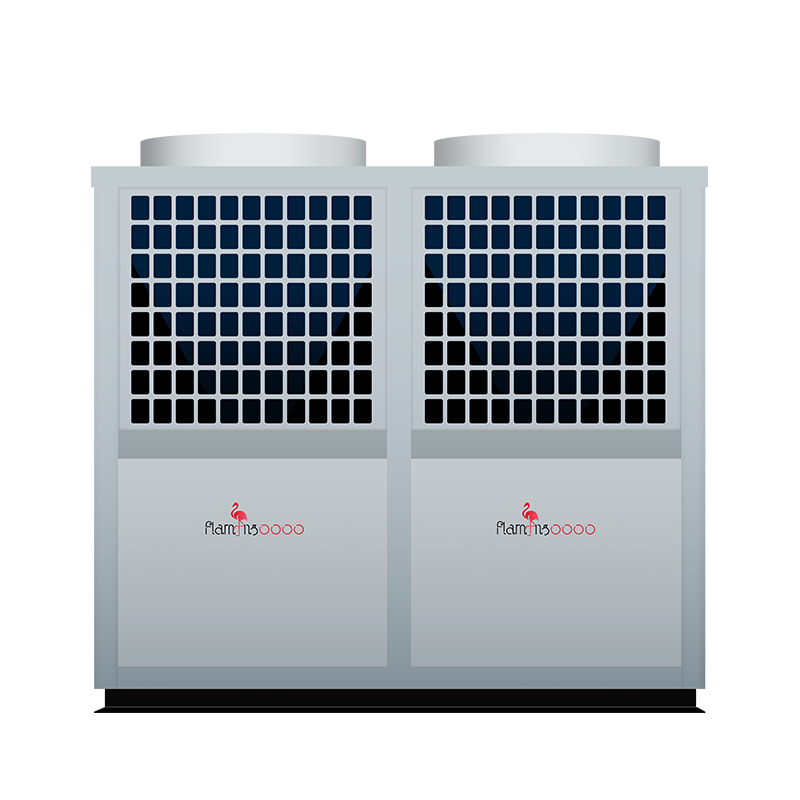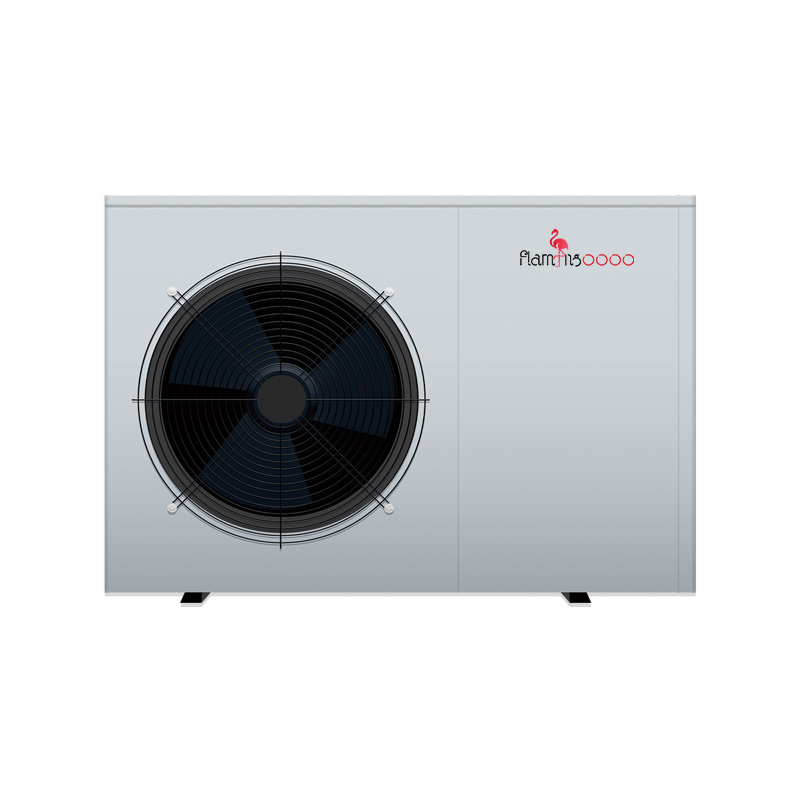For homeowners considering an upgrade to their HVAC system, the question of energy consumption is paramount. "How much power does a variable frequency heat pump use?" is a smart question, and the answer is fundamentally different from that for traditional systems. Unlike conventional heaters or air conditioners, a variable frequency (or DC inverter) heat pump doesn't have a single power consumption figure—it's a master of adaptation, and that's the secret to its remarkable efficiency.
The short answer is: It consumes significantly less power than traditional systems, precisely because it rarely runs at full power. Let's delve into the numbers and the technology behind them.
From Power Hog to Precision Manager: The Inverter Advantage
A traditional single-speed heat pump has only two modes: ON and OFF. When it's ON, it draws its full, rated power (e.g., 4-5 kW) regardless of your home's actual need. This is like driving your car by only using the accelerator and the brake, leading to constant, wasteful energy spikes.
A variable frequency heat pump, however, uses a sophisticated inverter to control the speed of its compressor and fan motors. Instead of cycling on and off, it continuously adjusts its output.
Startup & Peak Demand: It has a soft start, avoiding the high inrush current that strains electrical systems.
Cruising Speed: Once your desired temperature is reached, the system slows down to a low, "cruising" speed, often consuming as little as 0.5 to 1.5 kW to maintain comfort. It's this long period of low-power operation that leads to dramatic energy savings.
Estimating Consumption: It's About Context
While a variable frequency heat pump's power draw can range from as low as 0.3 kW to its maximum (e.g., 5 kW), its actual energy use (measured in kWh) depends on:
The "Load”: Is it a scorching summer day requiring max cooling, or a mild spring evening where only a little heating is needed? The system only uses the power necessary for the job.
Climate: In regions with moderate temperatures, the heat pump will spend most of its time in its highly efficient low-power mode.
Home Insulation: A well-insulated home retains conditioned air, allowing the heat pump to maintain temperature with minimal effort and power.
System Efficiency (COP): The key metric is the Coefficient of Performance. A COP of 4.0 means for 1 kW of electrical power consumed, you get 4 kW of heating energy. The higher the COP, the less power you use for the same amount of comfort.
The Flamingo Standard: Engineering for Maximum Efficiency, Minimum Consumption
At Flamingo, we understand that low power consumption isn't just a feature—it's a core promise to our customers. We engineer our variable frequency heat pumps not just to be efficient, but to be intelligently efficient, ensuring every watt of power is used optimally.
How Flamingo Heat Pumps Minimize Your Power Bill:
Premium Compressor Core with Panasonic/Mitsubishi Inverter Technology: The compressor is the largest consumer of power in the system. That's why we exclusively integrate top-tier Panasonic and Mitsubishi DC inverter compressors. Renowned for their precision and reliability, these compressors provide an exceptionally wide modulation range, allowing a Flamingo heat pump to run at very low speeds for long periods, which is the key to low power consumption.
Class-Leading COP Values: Our commitment to efficiency is certified. Flamingo heat pumps boast high Coefficients of Performance (COP), often exceeding 4.0 even at standard rating conditions. This translates directly to more heating or cooling power for every unit of electricity you pay for.
Smart, Adaptive Defrost: In winter, defrosting the outdoor unit is necessary but consumes extra power. Flamingo's intelligent defrost system activates only when needed, based on precise sensor data, not a fixed timer. This avoids unnecessary defrost cycles, saving you valuable energy during the heating season.
Eco and Quiet Modes: Take direct control of your power consumption. With the flick of a switch on your remote or in the Flamingo app, you can engage Eco Mode, which prioritizes energy savings by slightly moderating performance, or Quiet Mode, which lowers fan speeds for serene operation and reduced power draw.
So, how much power does a variable frequency heat pump consume? The most accurate answer is: "As little as possible." It is a dynamic system designed to minimize its own energy use while maximizing your comfort.
When you choose a Flamingo, you are choosing a system built around the world's finest compressors and engineered with an unwavering focus on efficiency. You're not just buying a heat pump; you're investing in a solution for lower power bills and a smaller carbon footprint.
Choose Flamingo. Where advanced technology meets intelligent efficiency.
Discover the specific power ratings and potential savings with our range of high-efficiency Flamingo variable frequency heat pumps.

